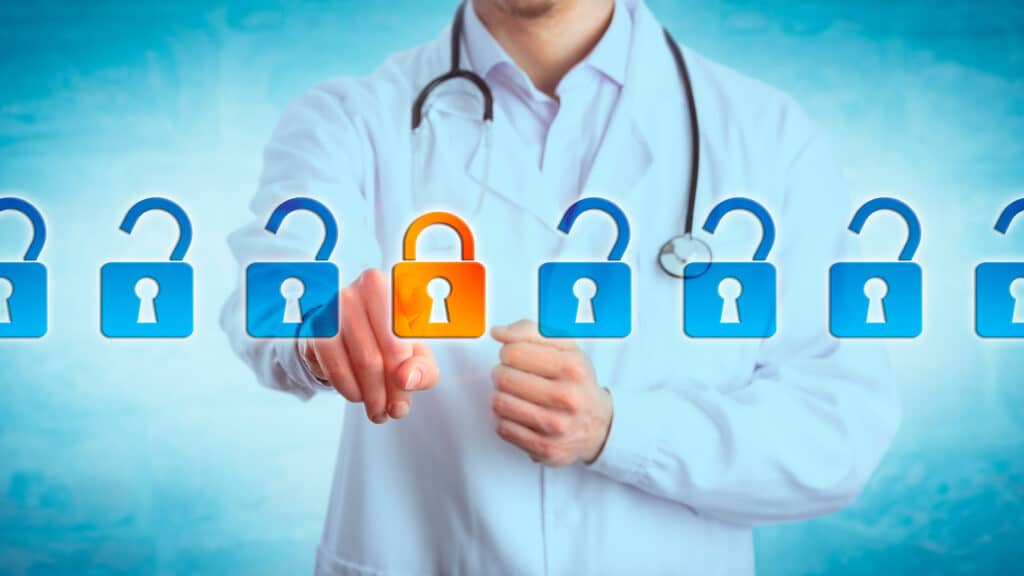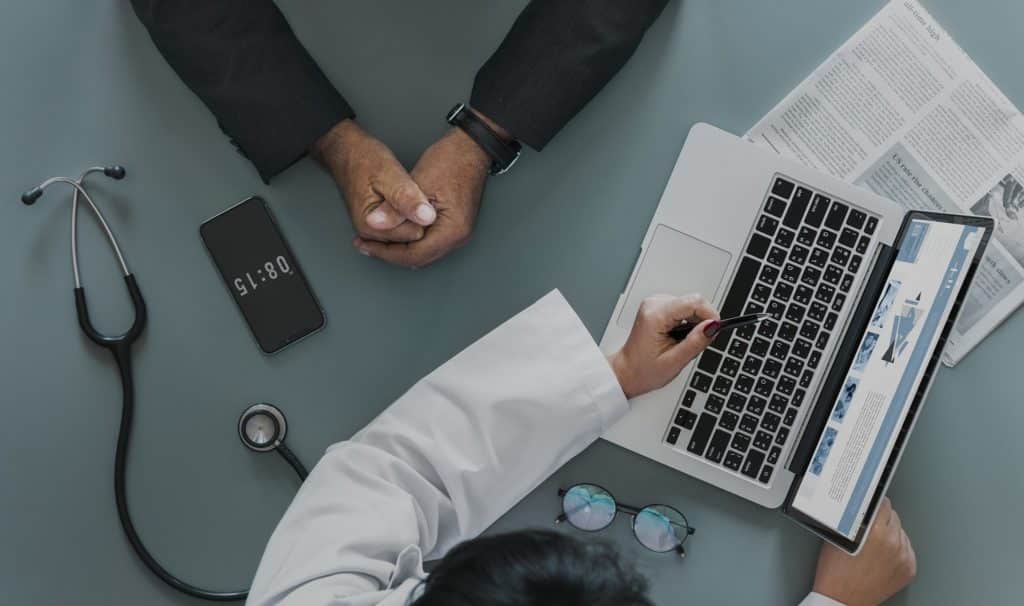Safeguarding Patient Data: Exploring 3 Core HIPAA Rules

Within the healthcare domain, the Health Insurance Portability and Accountability Act (HIPAA) is a vigilant sentinel, warding off unauthorized access to patient health information. Like a formidable fortress boasting three formidable bastions, HIPAA encompasses the Privacy, Security, and Breach Notification Rule. These interconnected regulations forge a nationwide benchmark, ensuring identifiable health data security and patient […]
Using Encryption to Establish Secure Connections for HIPAA Compliance

For organizations to protect their data, secure connections must be established. To do this, encryption is used as an effective way of ensuring the confidentiality and integrity of data. Encryption works by scrambling plaintext information into unreadable ciphertext, which can only be decrypted with a key for authorized users. This prevents unauthorized individuals from accessing […]
Increase Patient Happiness with Patient Scheduling Software

Many in the medical community are taking advantage of the benefits offered by advances in information technology. By doing so, these medical professionals hope to increase patient satisfaction, decrease patient wait times, and improve the accuracy of their services. In this article, we will discuss some of the newer features becoming available in scheduling software […]
6 Ways Technology is Changing Healthcare

Technology is a well-accepted facet in healthcare that’s changing the lives of both doctors and patients. Although it has gotten a bad rap from a small percentage of tech users in society, it’s still safe to say that – the pros outweigh the cons in this department. There are numerous benefits technology has laid for […]
Why Should You Hire HIPAA Compliance Consultants?

Some of the most sensitive personal information involves our health and medical history. The Health Insurance Portability and Accountability Act (HIPAA) lays the groundwork for safeguarding health-related data by providing standards that companies need to meet. If you work with any data of this kind – even as a subcontractor to another company – you […]

